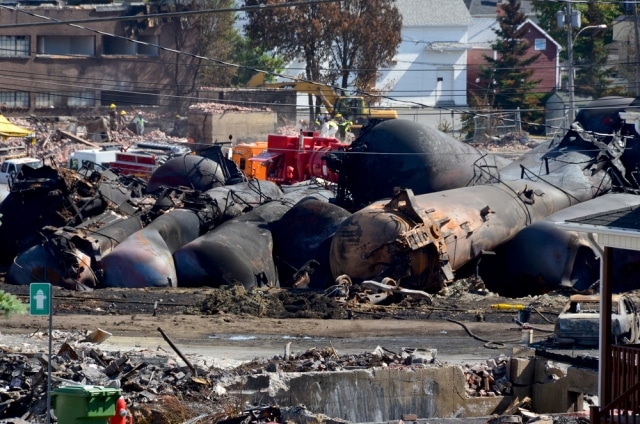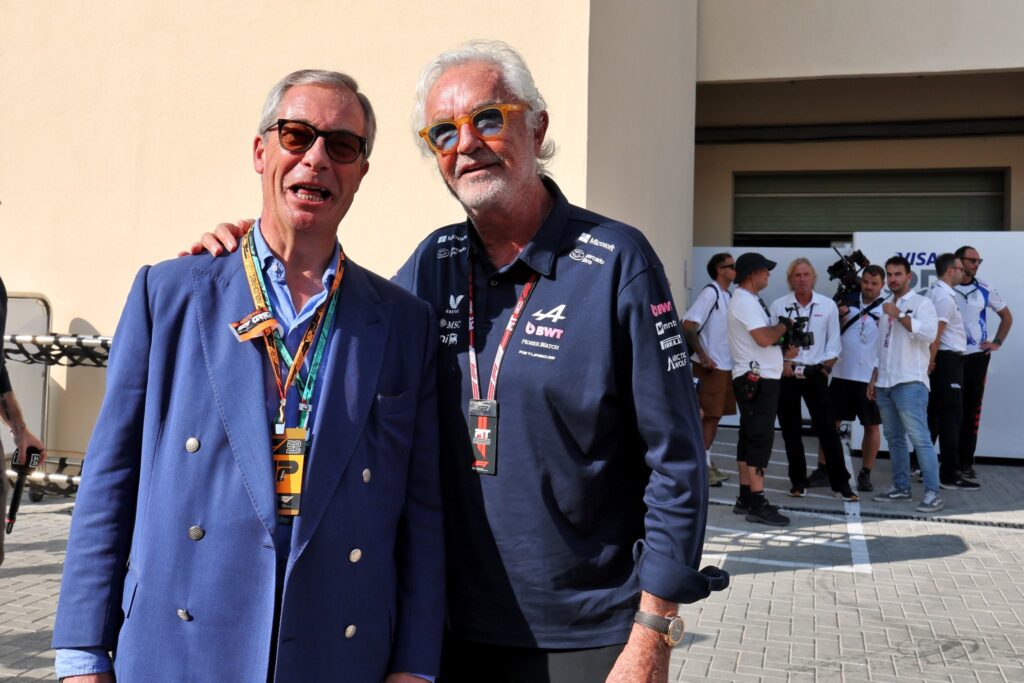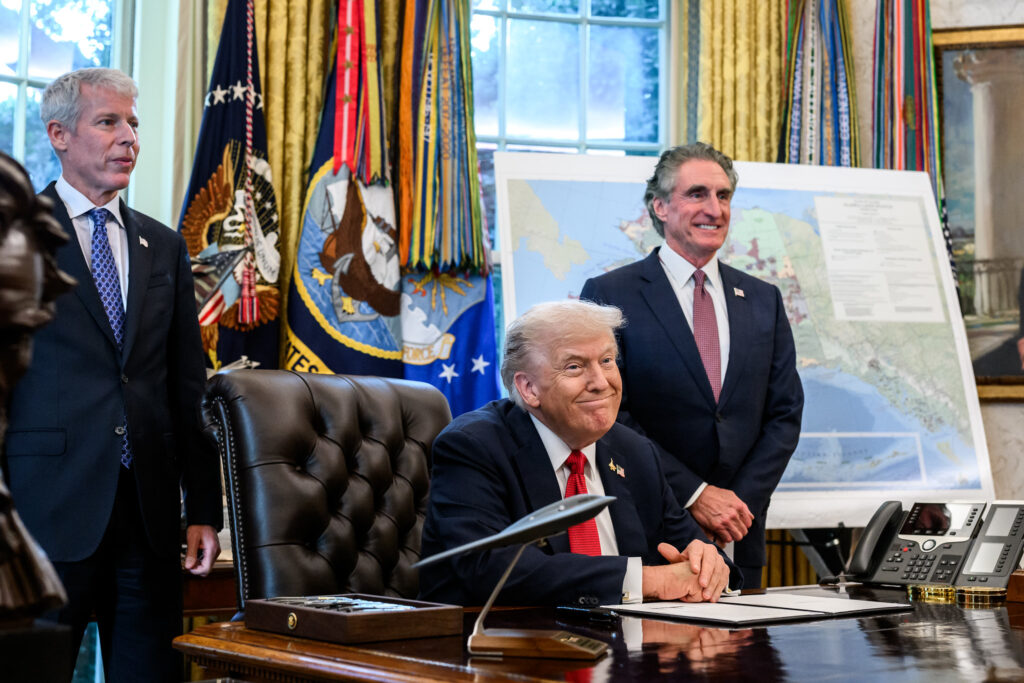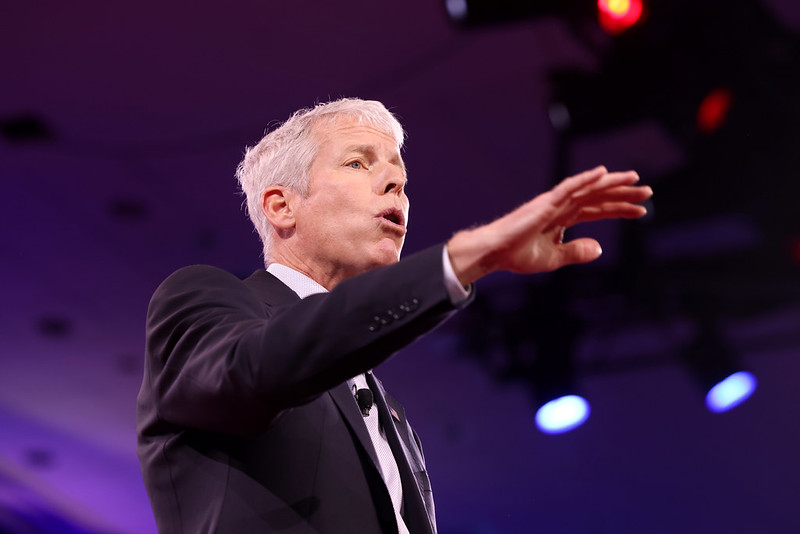“In the past month, there have been numerous public relations efforts suggesting that much is being done to improve oil by rail safety. Unfortunately, it seems these efforts will not involve much more than press releases and hollow promises.”
Those words were first published on DeSmogBlog in March of last year in an article titled Why Nothing Will Happen On Oil by Rail Safety.
In that article, one particular public relations effort was highlighted:
“One of the more popular talking points in the recent PR effort was that BNSF, the railroad that is the largest transporter of oil by rail, had volunteered to buy 5,000 new rail tank cars that exceed any existing safety standard.”
This statement was referring to articles such as the one in the Wall Street Journal last February stating, “BNSF Railway said it plans to buy as many as 5,000 new tank cars to transport crude oil, an unusual move that marks the latest effort by the rail industry to improve safety after a spate of accidents.” Similar articles appeared in Reuters (“Exclusive: BNSF to move into tank car ownership with safer oil fleet”) and CNBC.
It was a clear message. The rail industry was not waiting on new regulations to improve safety and would take steps immediately to make the movement of oil by rail safer. Tough to argue with that, right?
Except it was nothing more than a public relations campaign.
This past weekend, Matt Rose, the Chairman of BNSF, spoke at the annual conference for the Transportation Research Board. Almost a year after the press releases about buying 5,000 new cars, Rose had an update on the project.
The reality is that BNSF never moved forward with purchasing the safer tank cars and the company is now re-evaluating plans to do so because their clients don’t want them to buy safer cars. Their clients are the oil companies.
A Bloomberg headline sums up the reality: “BNSF Railway Re-evaluates Plan for Safer Cars Amid Client Talks.”
As Matt Rose explained to Bloomberg, “We’re going to go back and talk to our customers and see what they want us to do.”
In an email response to questions from DeSmogBlog, BNSF Railway spokesperson Roxanne Butler explained the new development.
“There is a rulemaking now underway for tank cars and we have been waiting for that process before we determine the next steps for the RFP we issued last year for the next generation tank cars.”
Regarding that rulemaking process, here is what BNSF had to say last year during the safety press blitz.
“Our tank car RFP represents an important milestone in the improvement of safety standards for the transportation of crude by rail. It is a significant voluntary commitment that may help accelerate the transition to the Next Generation Tank Car and provide tank car builders a head start on tank car design and production, even as the Department of Transportation, railroads, and shippers continue to engage in the formal rulemaking process. BNSF believes that the RFP process will provide market participants more certainty, sooner.”
So last year BNSF was well aware that the rulemaking was in process, but a good story about safety needed to be told. And it was. And the media repeated it.
Only now is BNSF going to go back to its customers for input on their plans for safer cars.
It is important to note that the oil companies typically own or lease the rail cars used to transport the oil. Butler, the BNSF spokesperson, told DeSmog that “BNSF does not currently own tank cars. Those are either leased or purchased by the shippers.”
According to Bloomberg, BNSF Chairman Matt Rose was not able to provide specifics on what the customers wanted regarding tank car safety. However, recently released notes from a meeting Exxon had with the Pipeline and Hazardous Materials Administration (PHMSA) in October of 2014 make it quite clear what Exxon and the rest of the oil industry want.
In the meeting, Exxon argued against one of the biggest safety features of the tank cars BNSF proposed buying – a 9/16th’s inch tank shell.
The last bullet point of that page of the presentation includes the two words critical to this conversation: “reducing capacity.”
Pursuing safer tank car design adds weight to the rail cars. Thicker and safer tank cars weigh more, reducing the volume of oil they can carry due to total tank car weight restrictions. That means the oil companies make less money. Which is why they are lobbying against safety improvements.
To the industry, it’s simply a math problem: making things safer means the oil and rail companies make less money.
In the second quarter of 2012, Exxon set a record for the most profits ever by a corporation in a quarter, $15.9 billion. In comparison, in 2014 Exxon only made $8.8 billion in profit in the second quarter. You can see how the company might be reluctant to spend on safety in these hard times.
Decade of Delay
PHMSA’s own notes from the Exxon meeting reveal that Exxon thinks it will take ten years to remove or retrofit all of the unsafe DOT-111 tank cars currently being used to transport oil and ethanol.
That is what was predicted in the conclusion of the DeSmogBlog article from last March.
Given the lack of regulation, the industry’s influence over regulators and the industry’s track record of ignoring NTSB safety recommendations for decades — the reality is that it is highly likely that much of the Bakken Crude will be shipped in unsafe DOT-111’s for the next decade.
PHMSA is supposed to release the agency’s new rules for oil-by-rail transport sometime soon.
Expect a very extensive public relations effort to follow from the industry, and for the media to repeat industry’s commitment to safer oil-by-rail transport.
But then expect business as usual for the oil and rail companies — until the next lethal “bomb train” accident, when the process will start all over again.
Image credit: Lac Megantic oil train disaster by meunierd / Shutterstock.com“>meunierd via Shutterstock.
Subscribe to our newsletter
Stay up to date with DeSmog news and alerts







